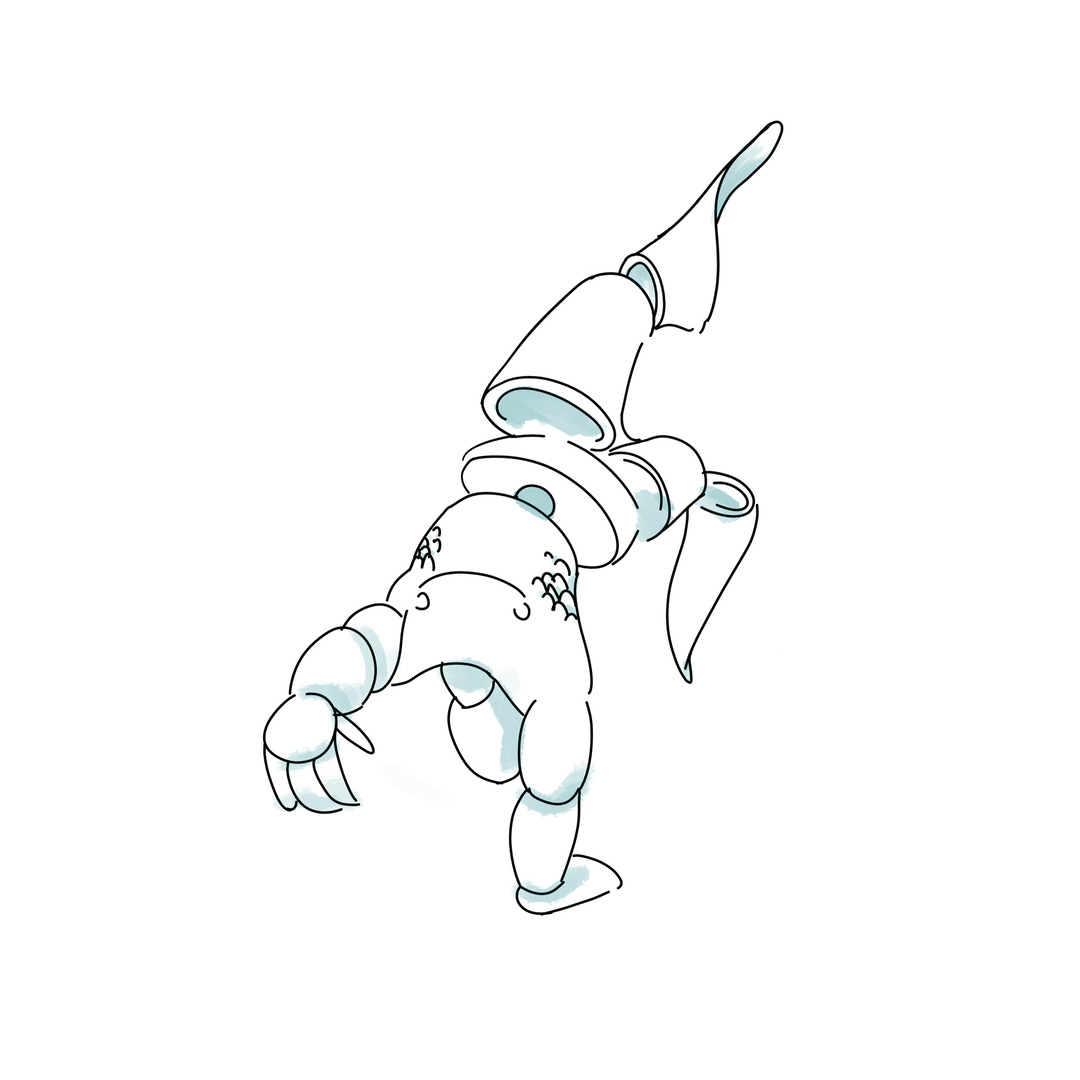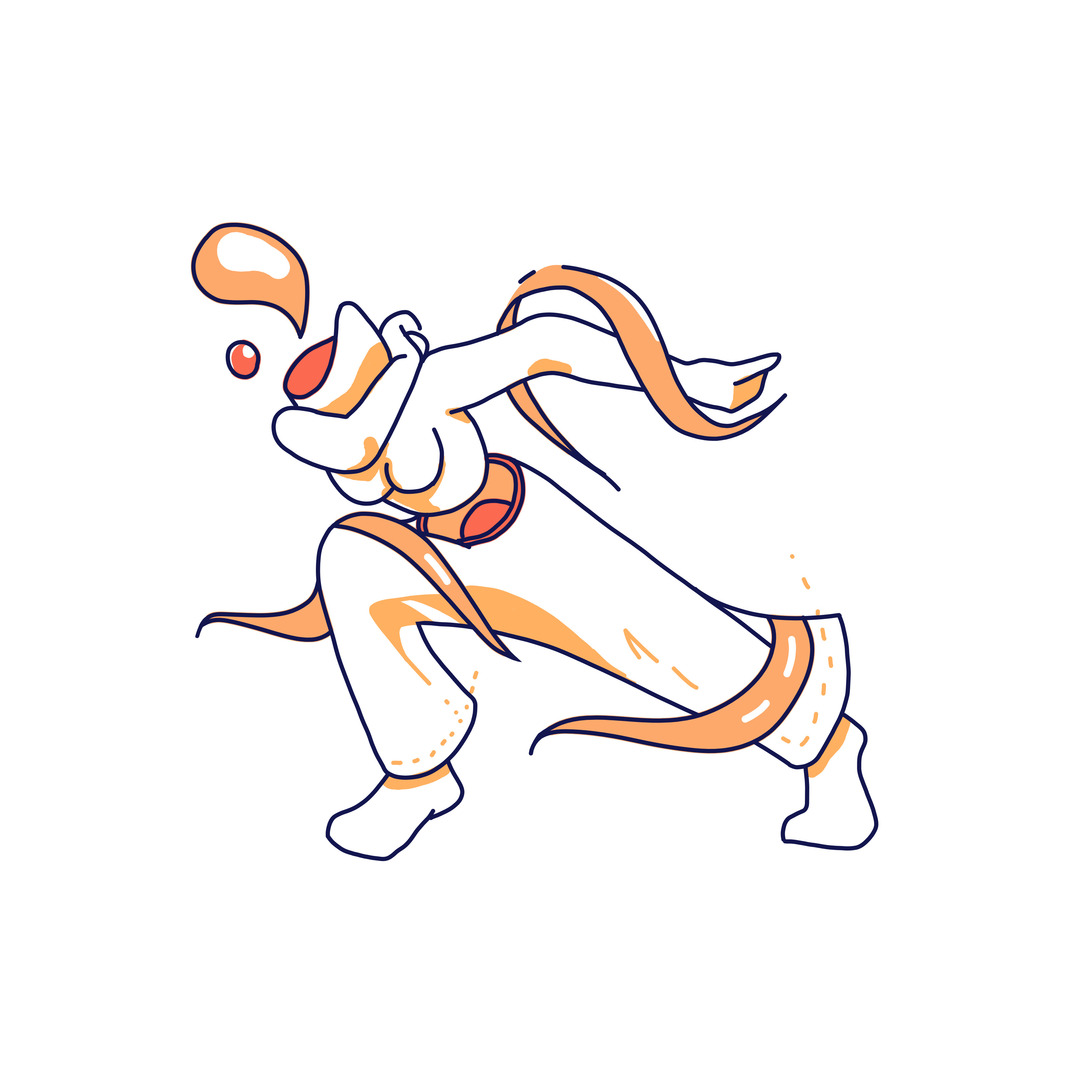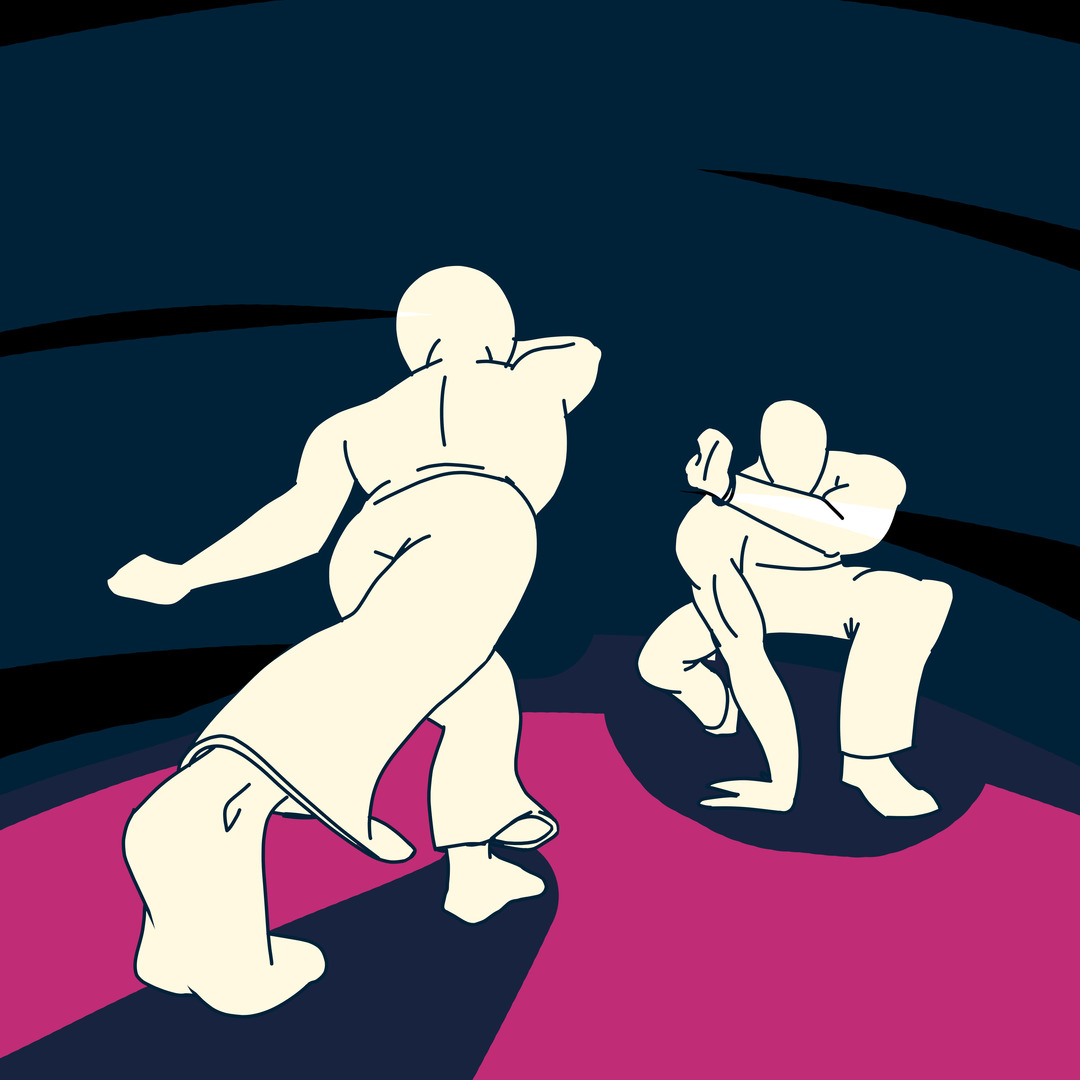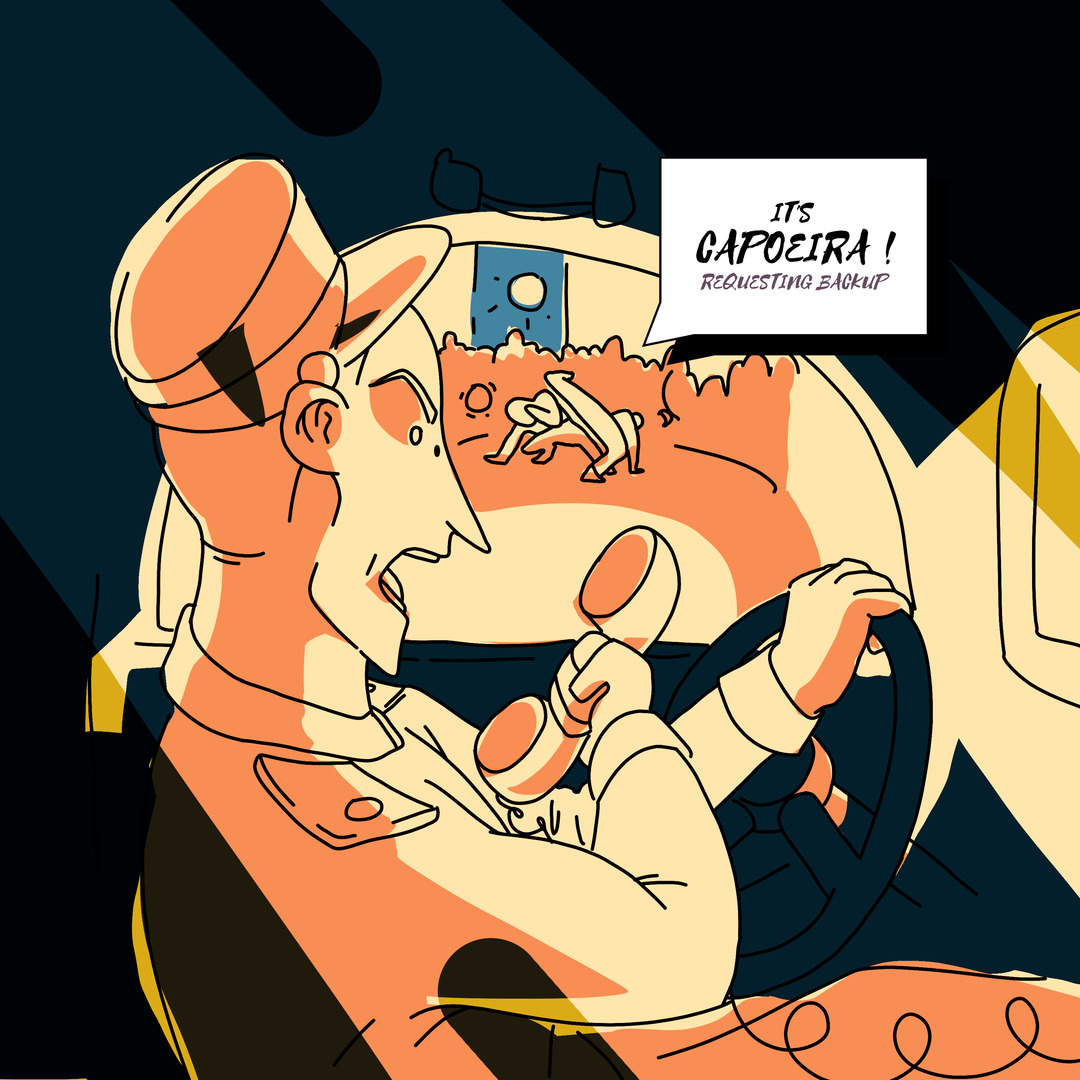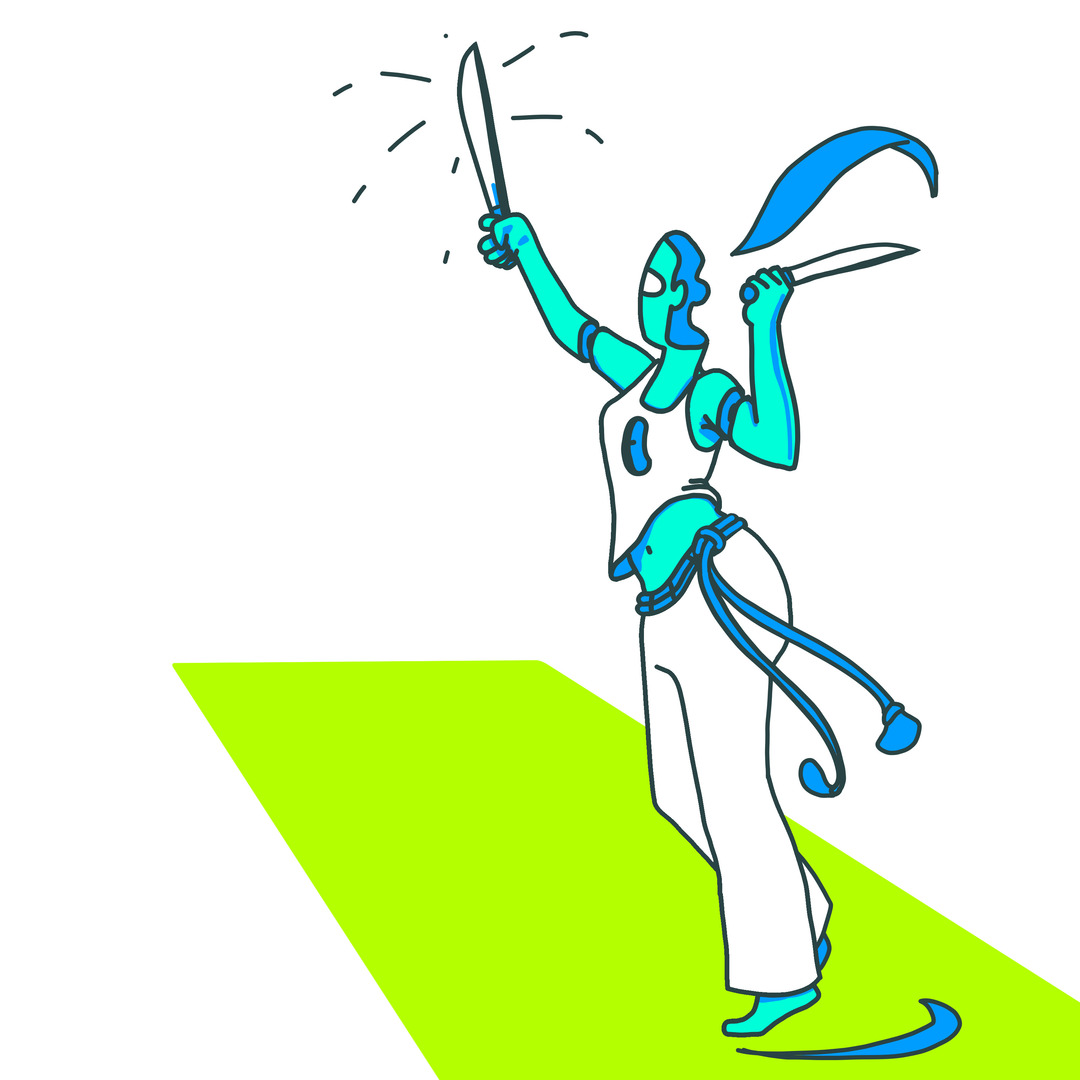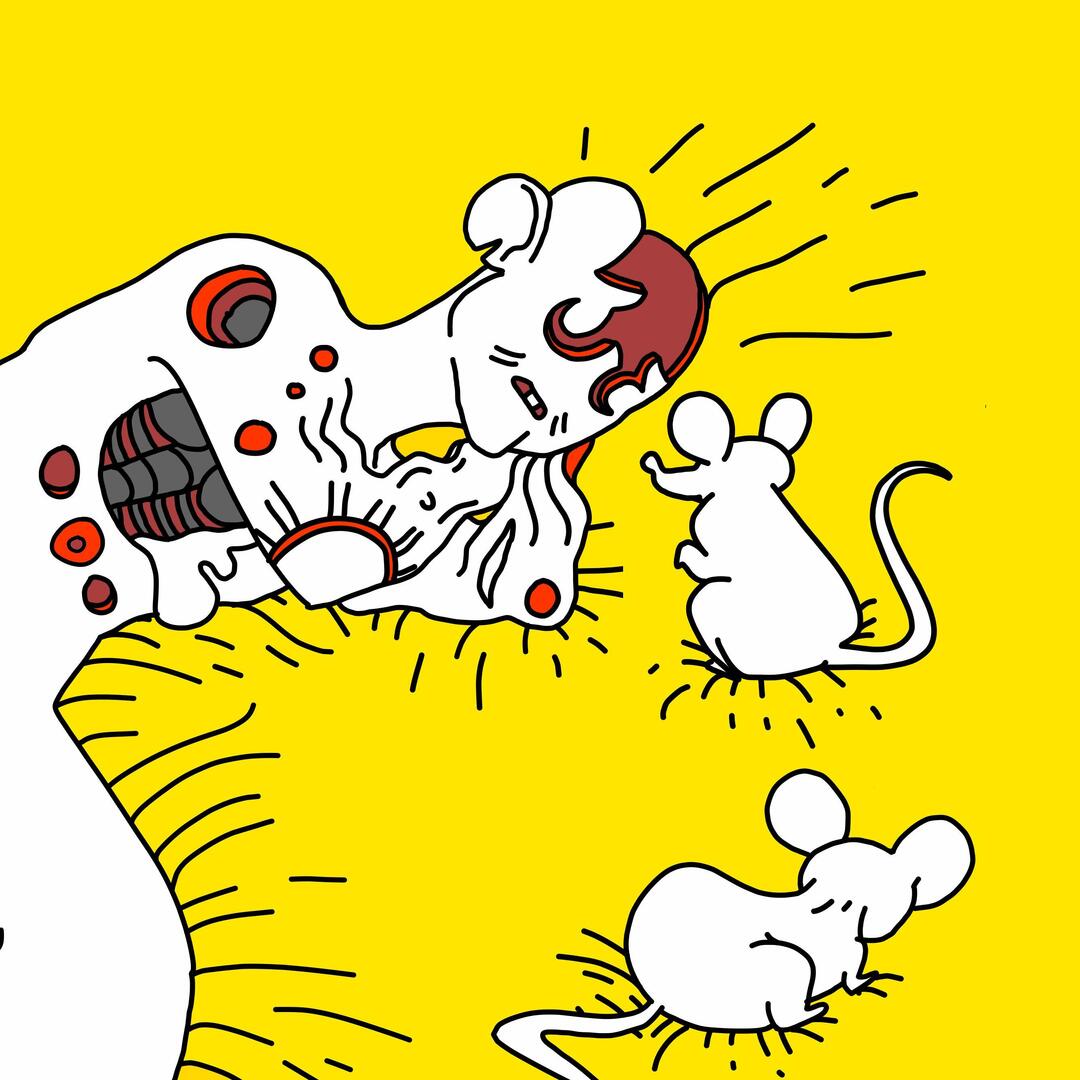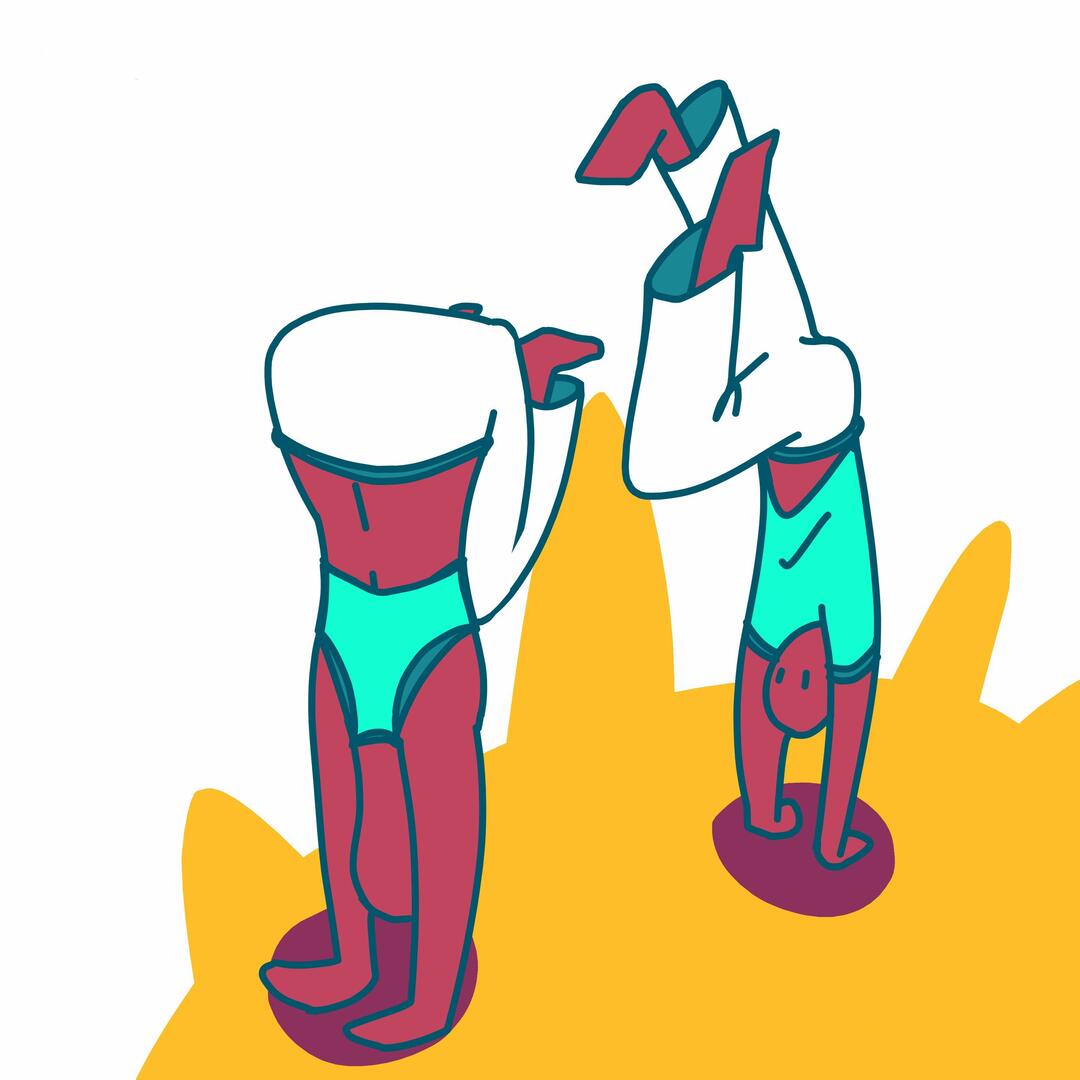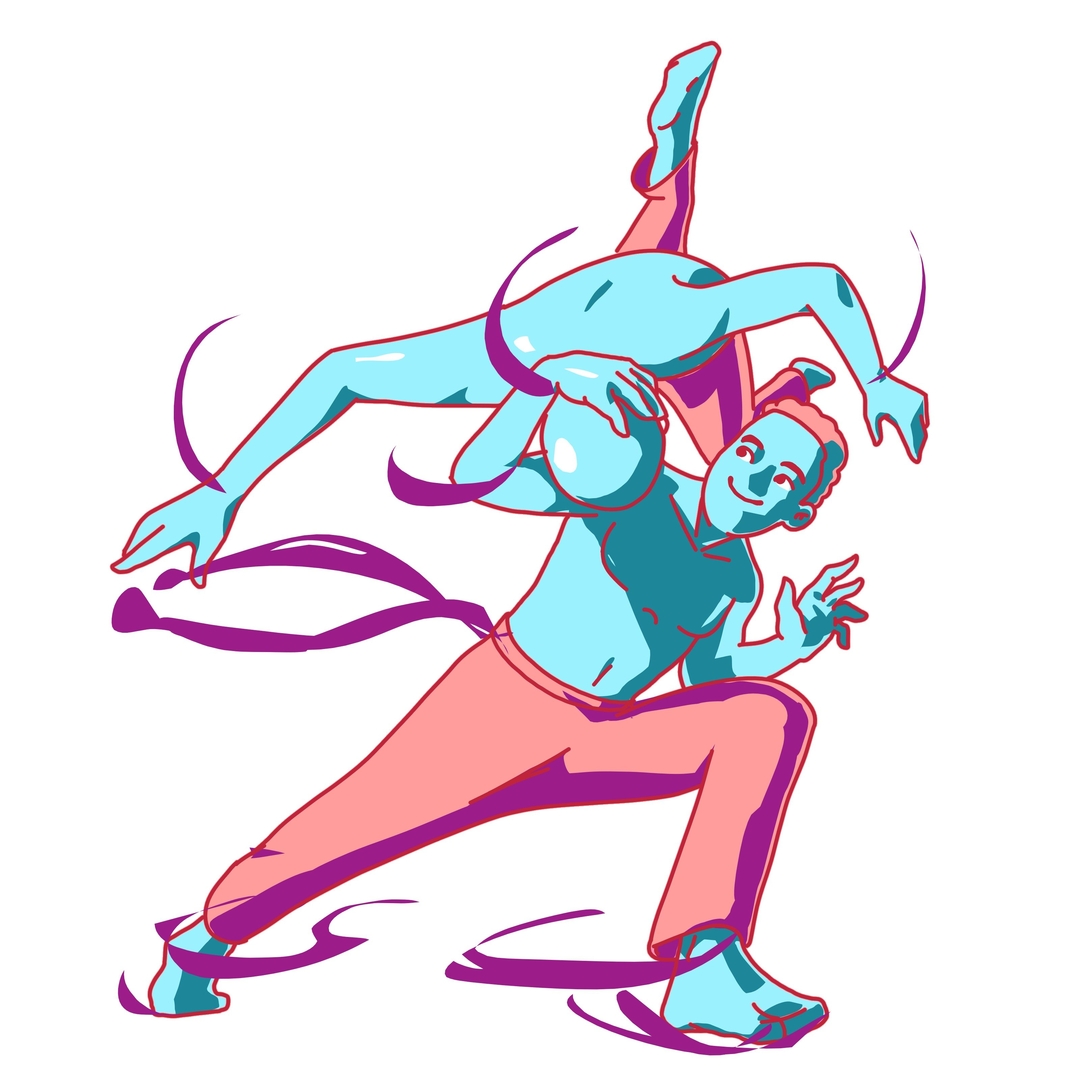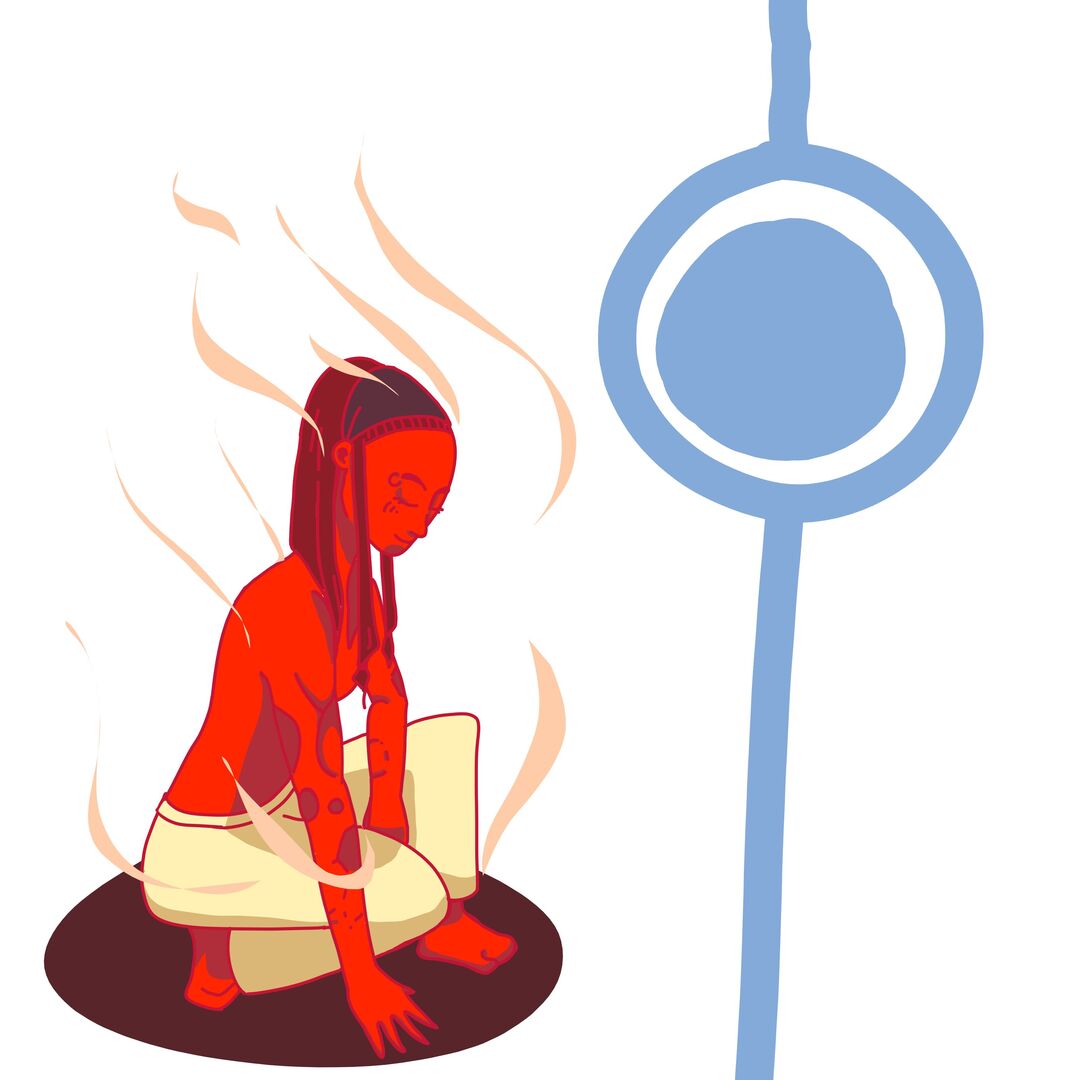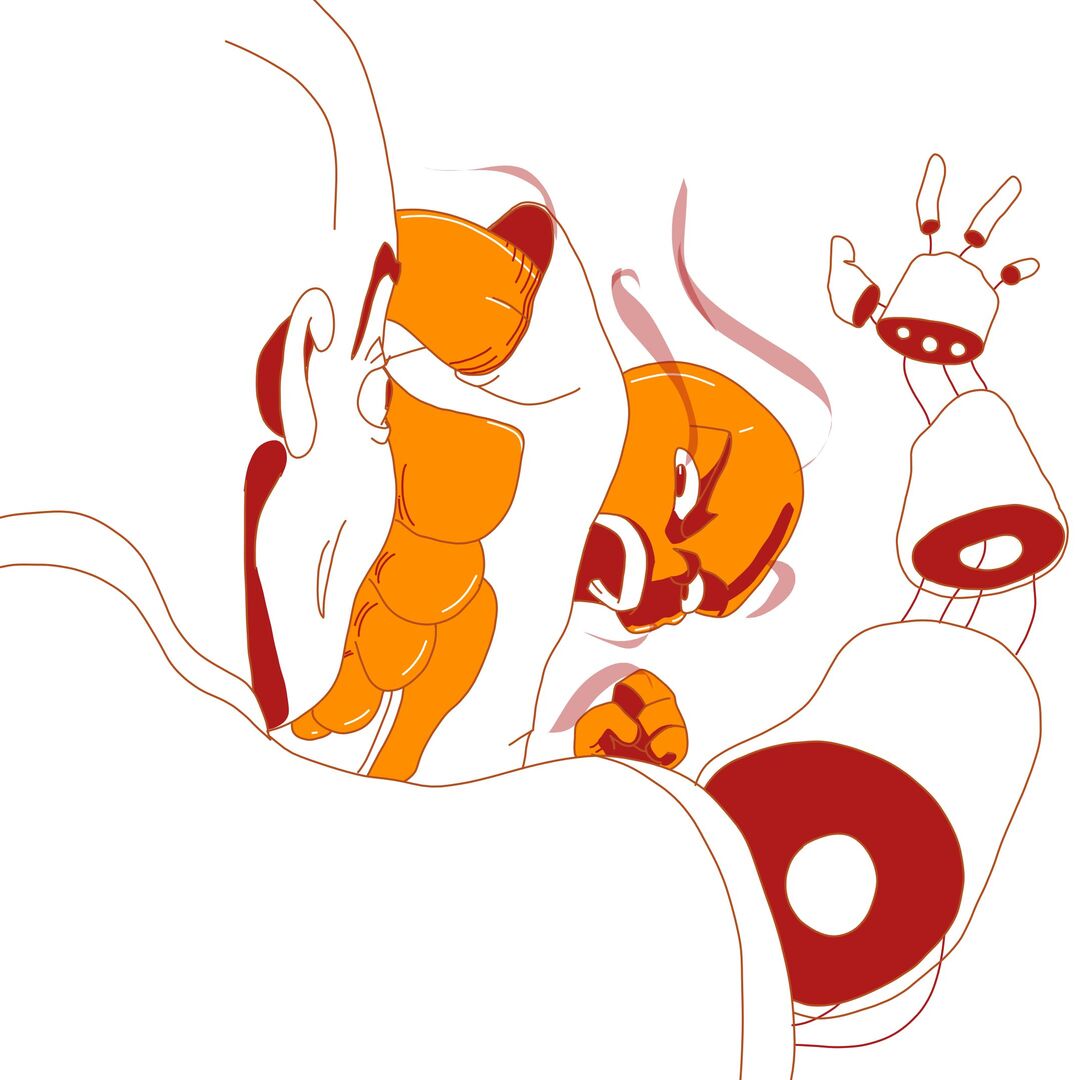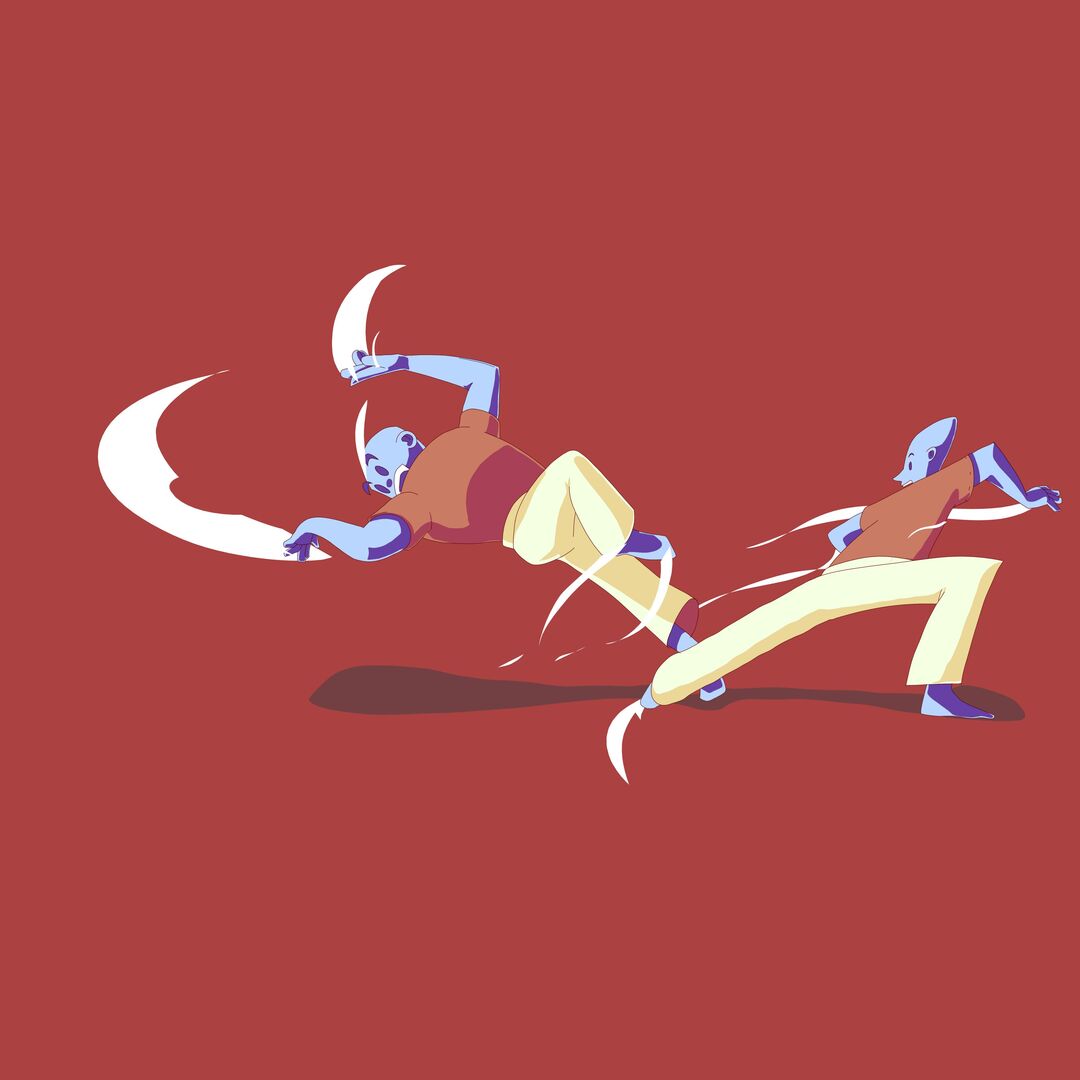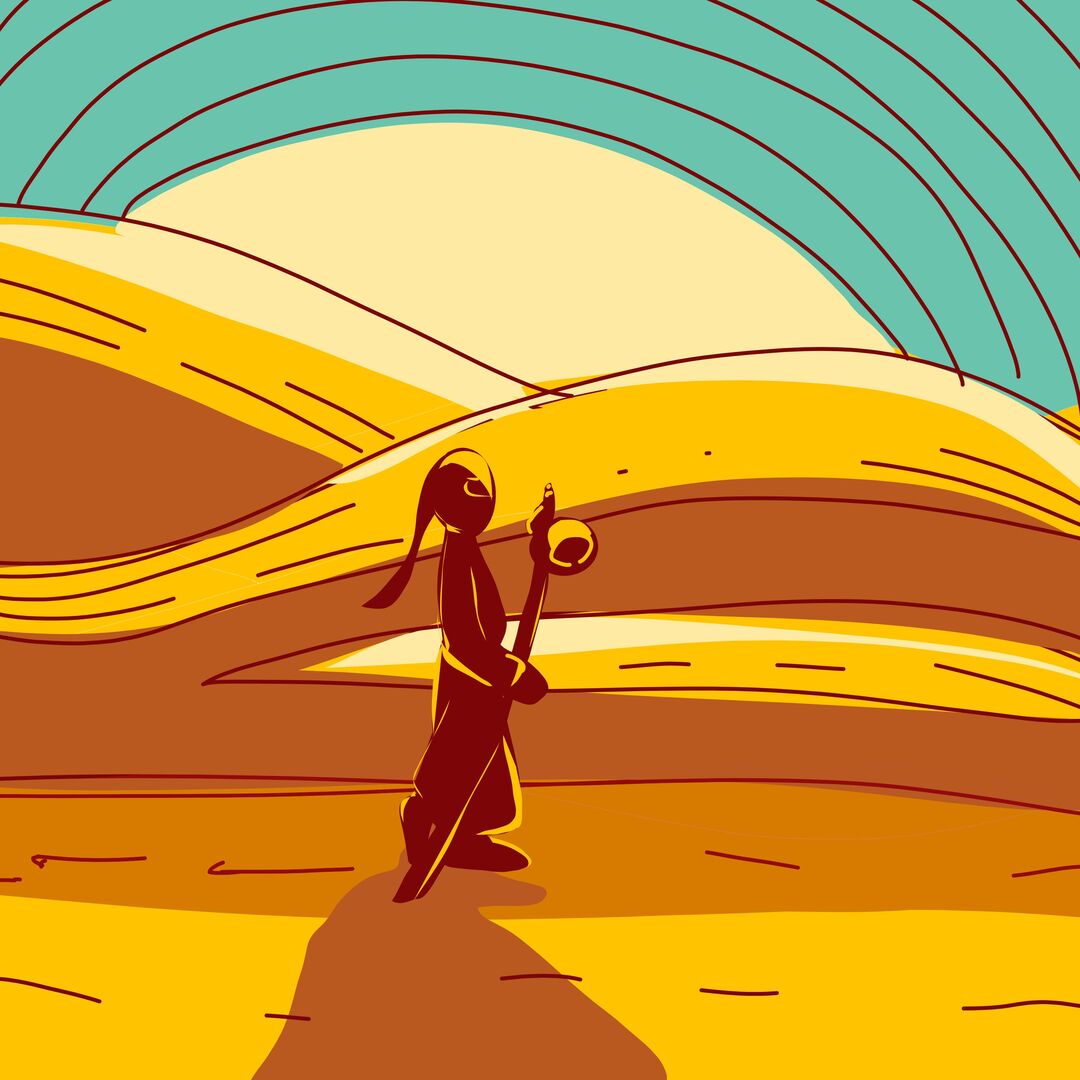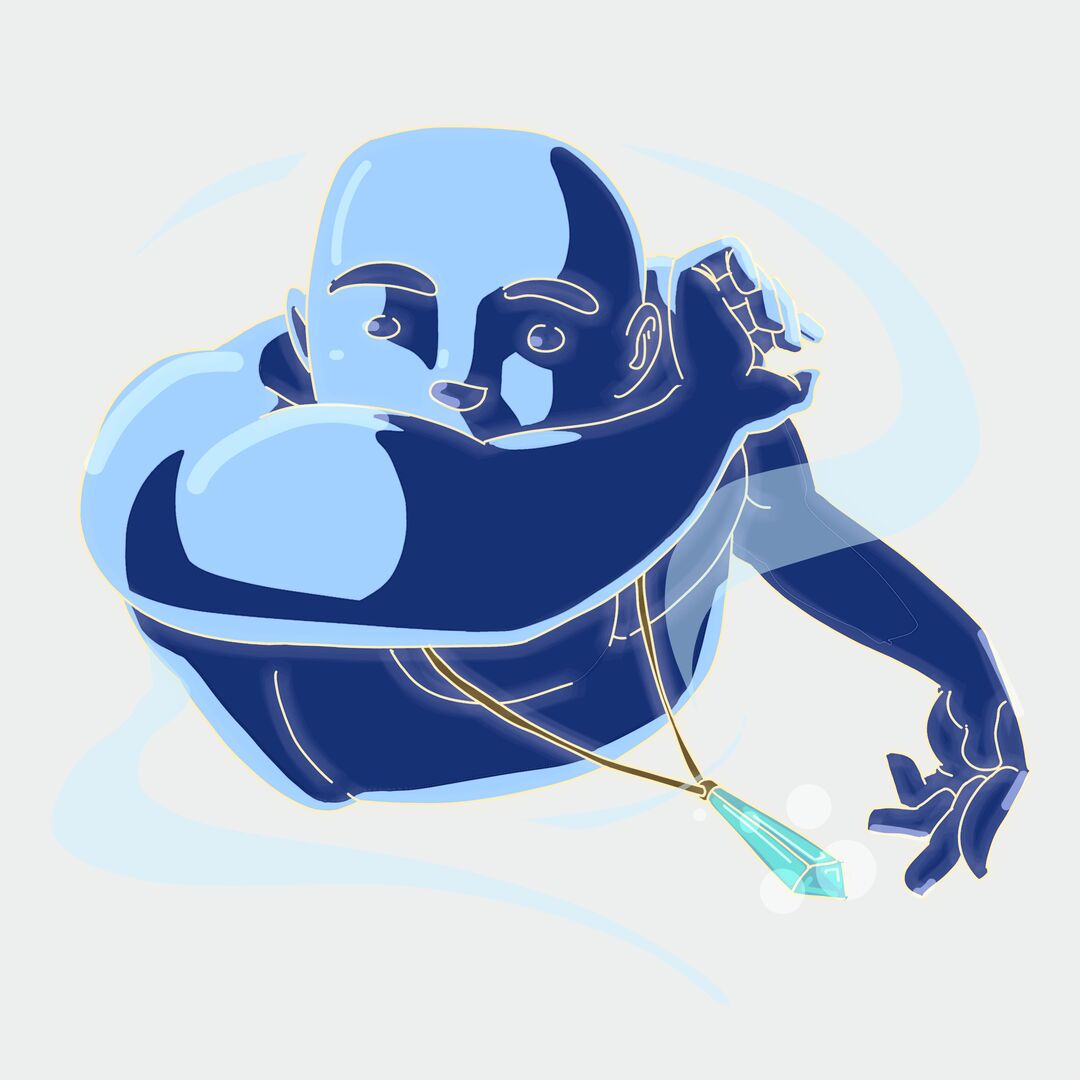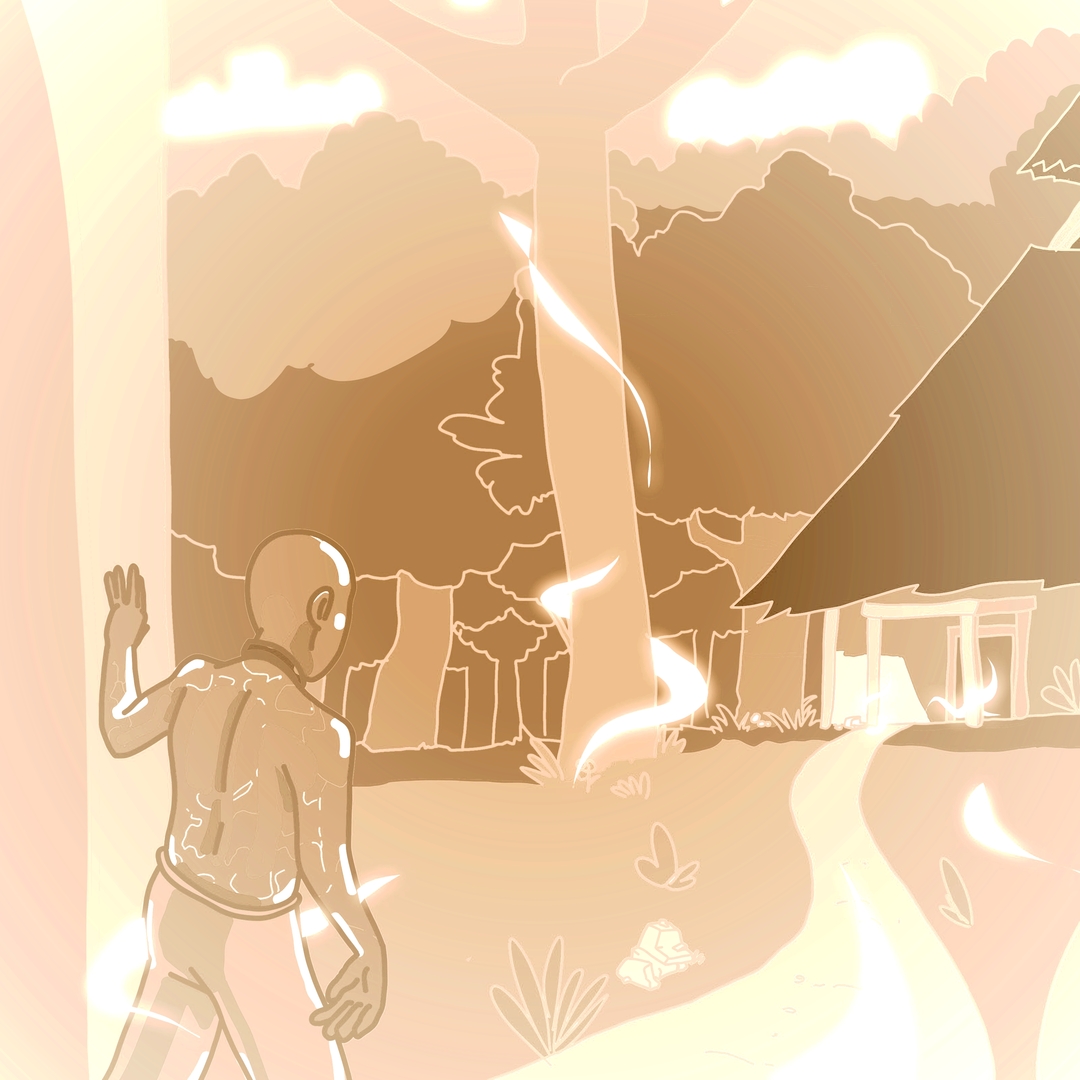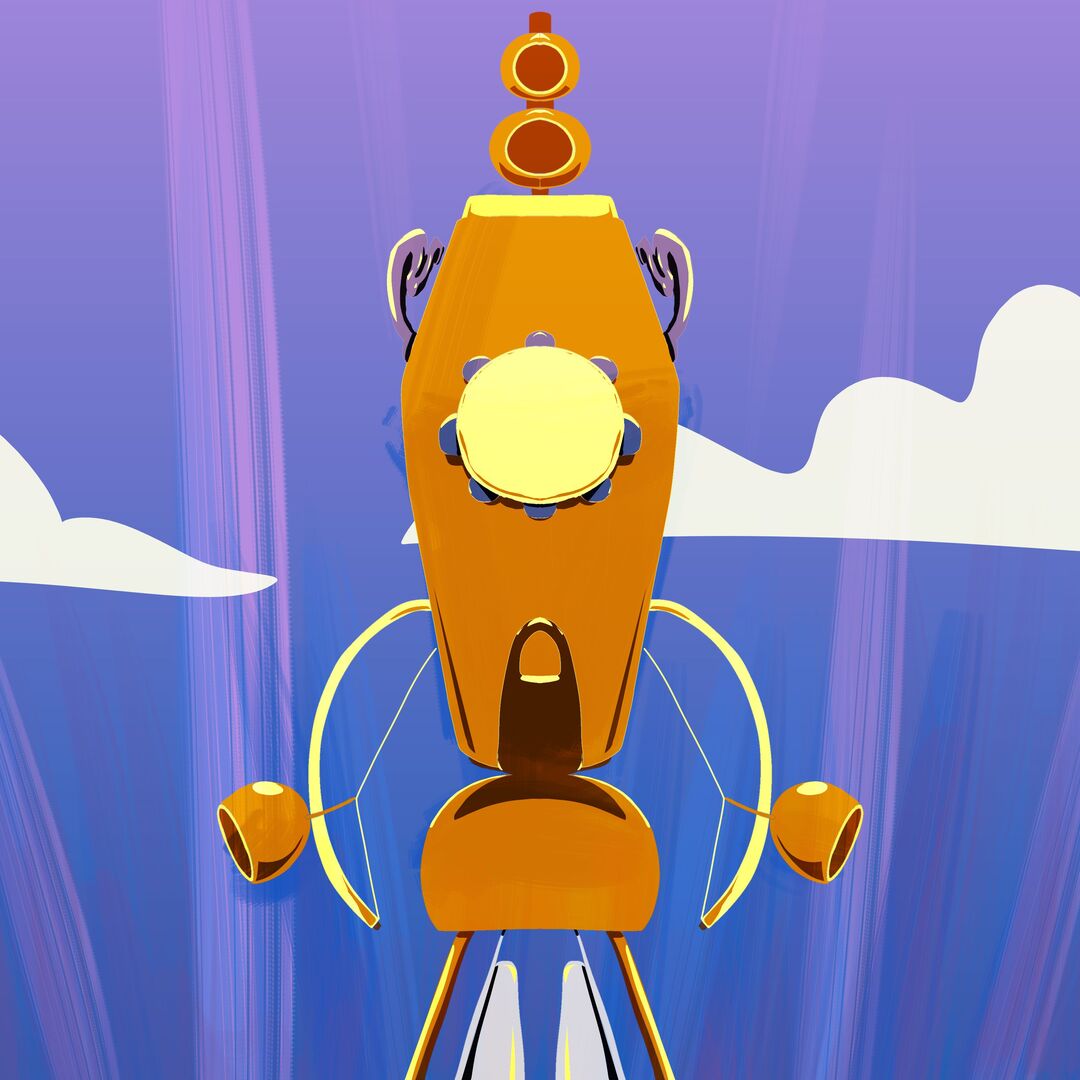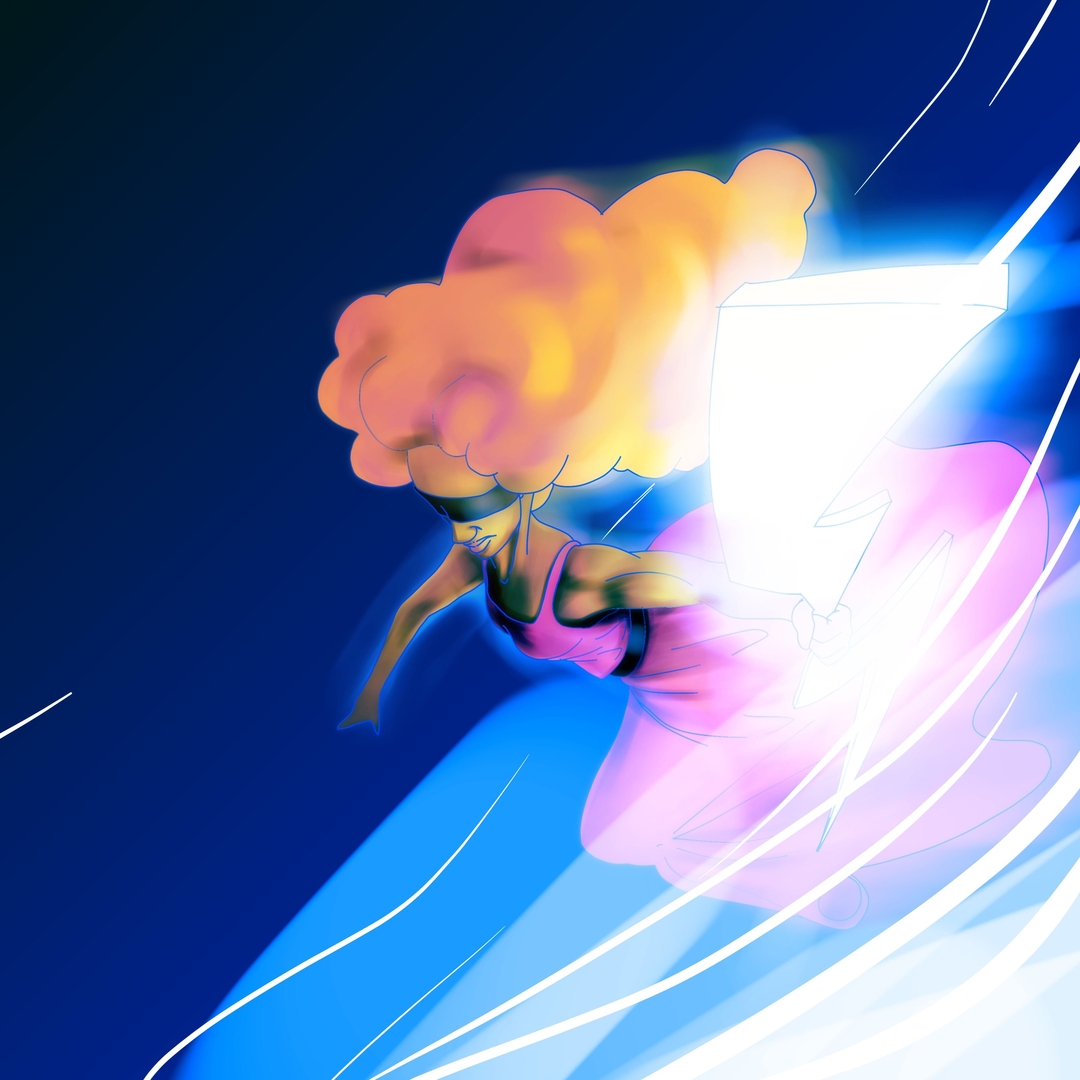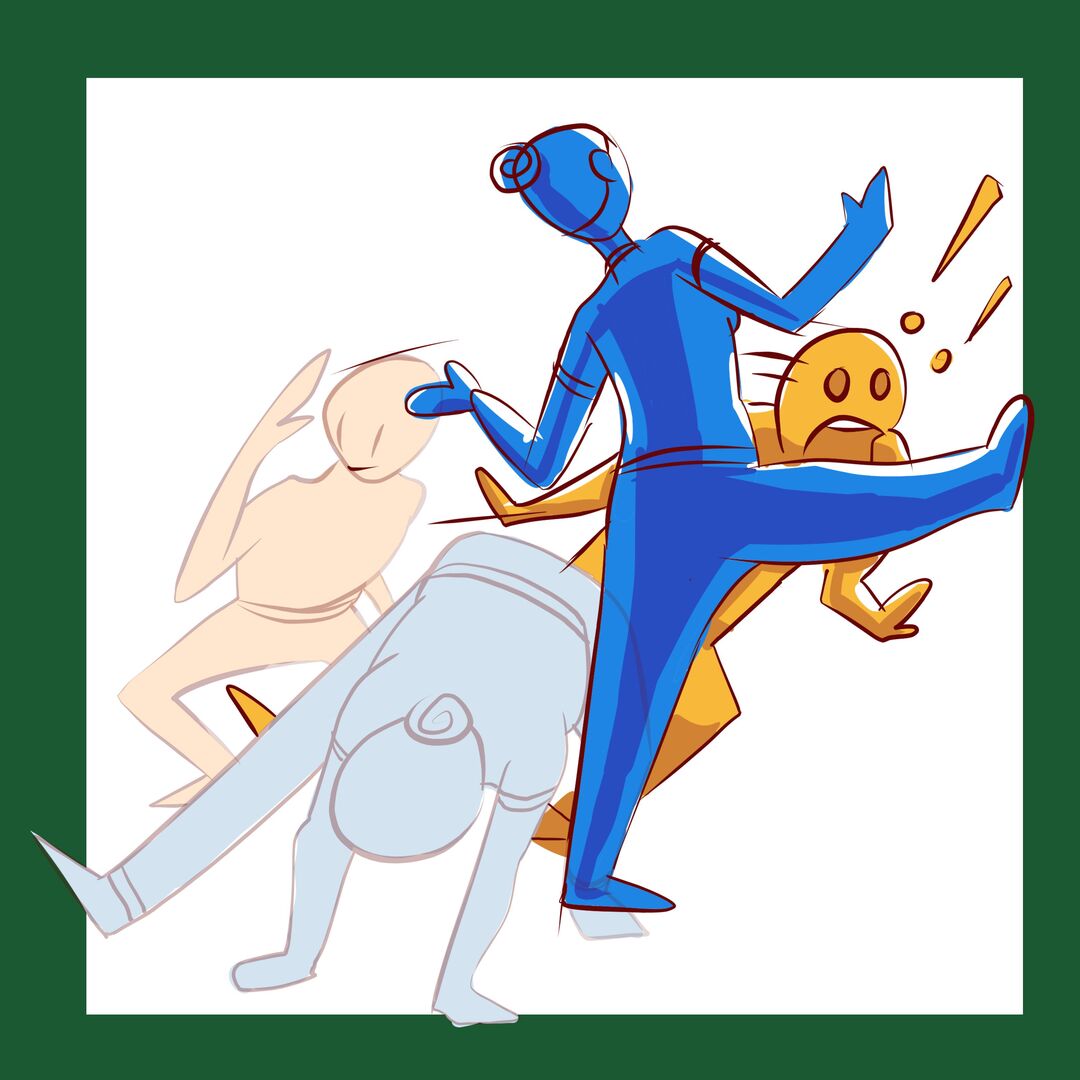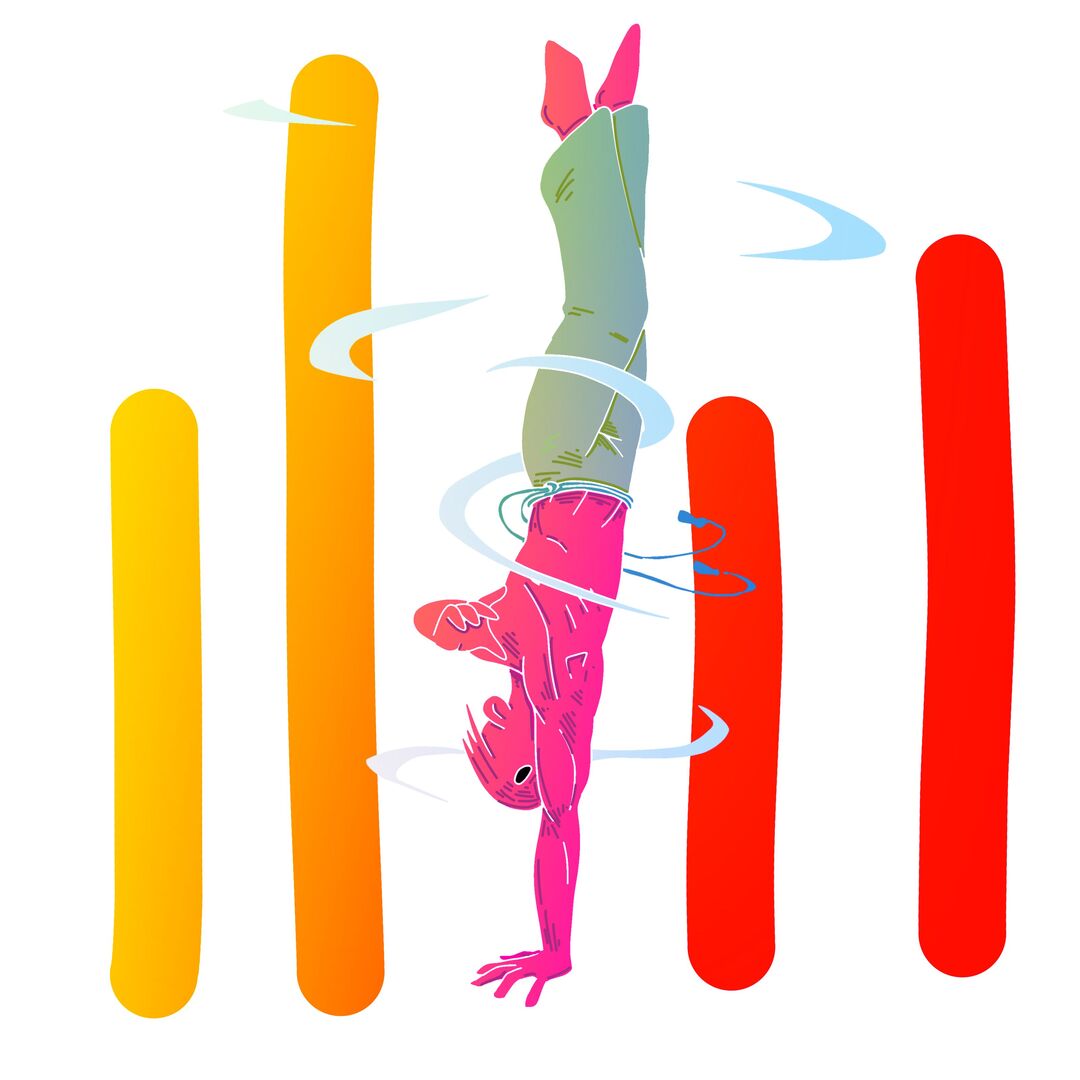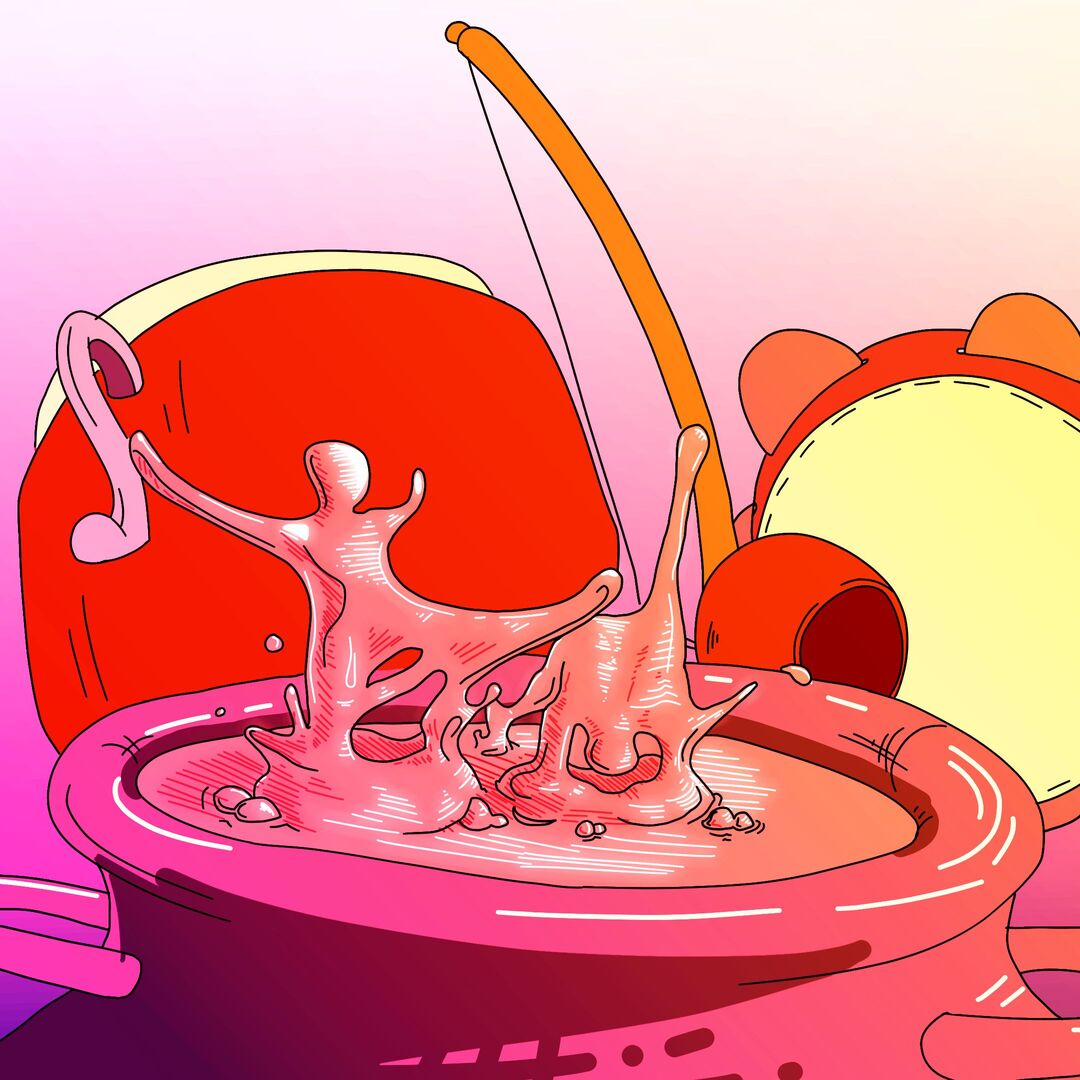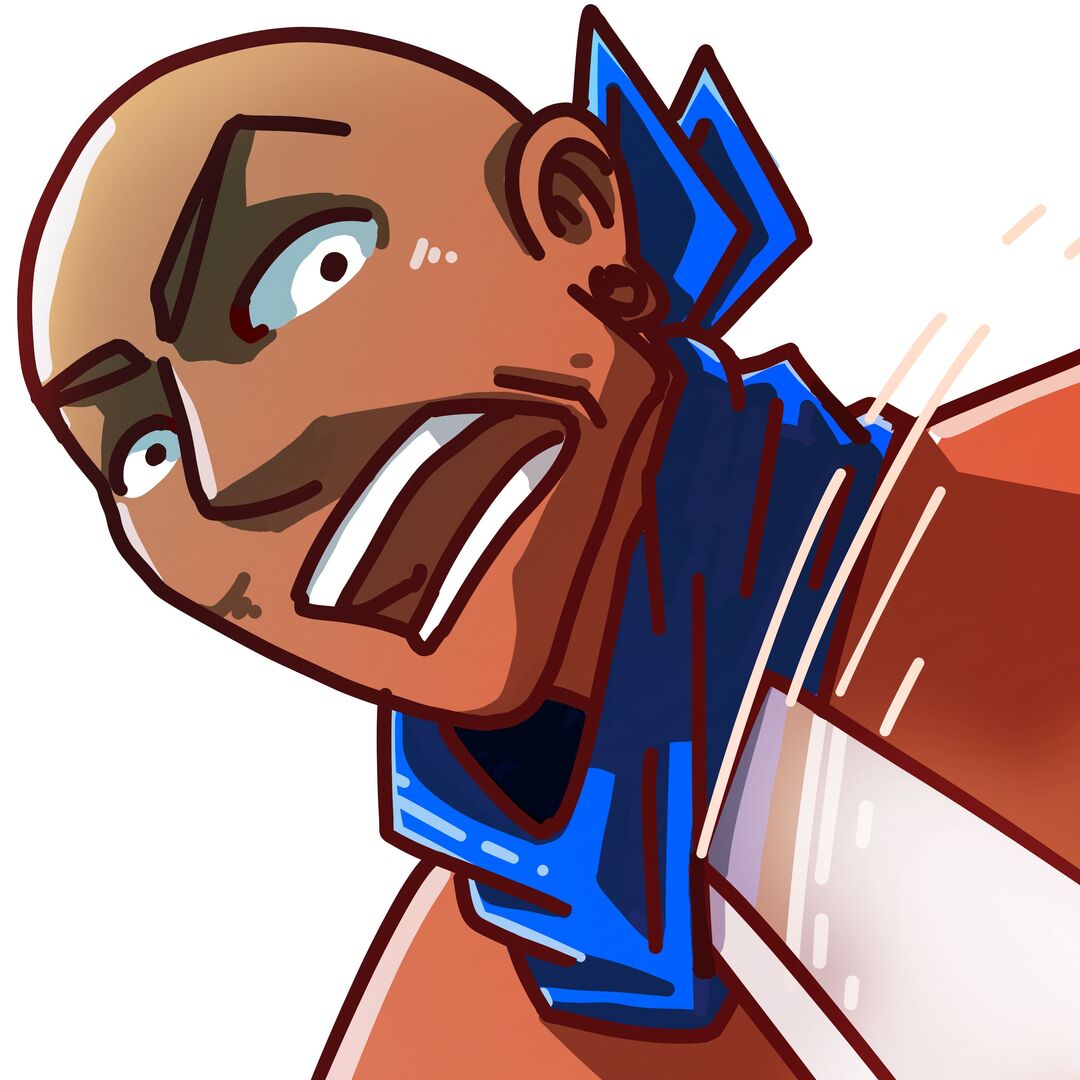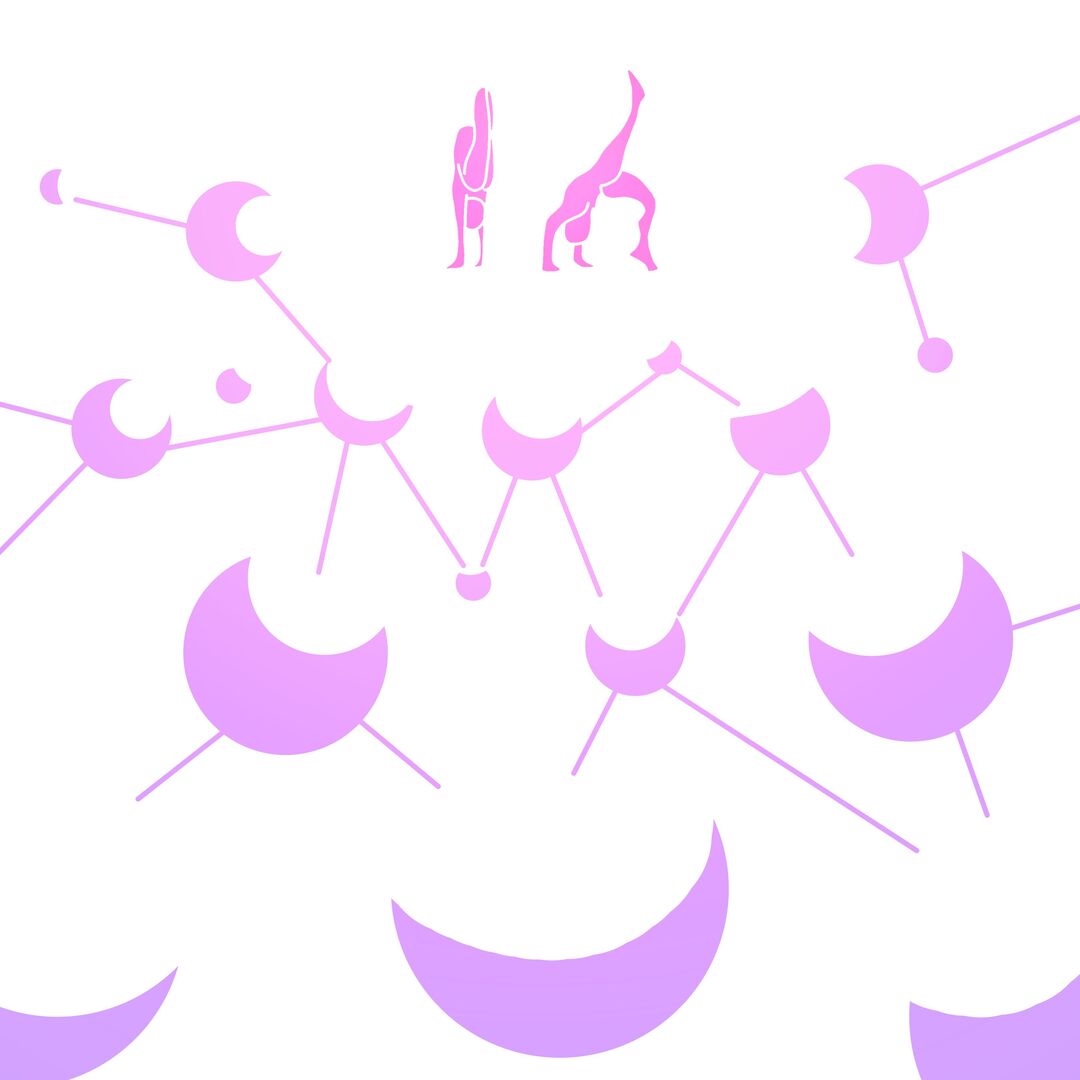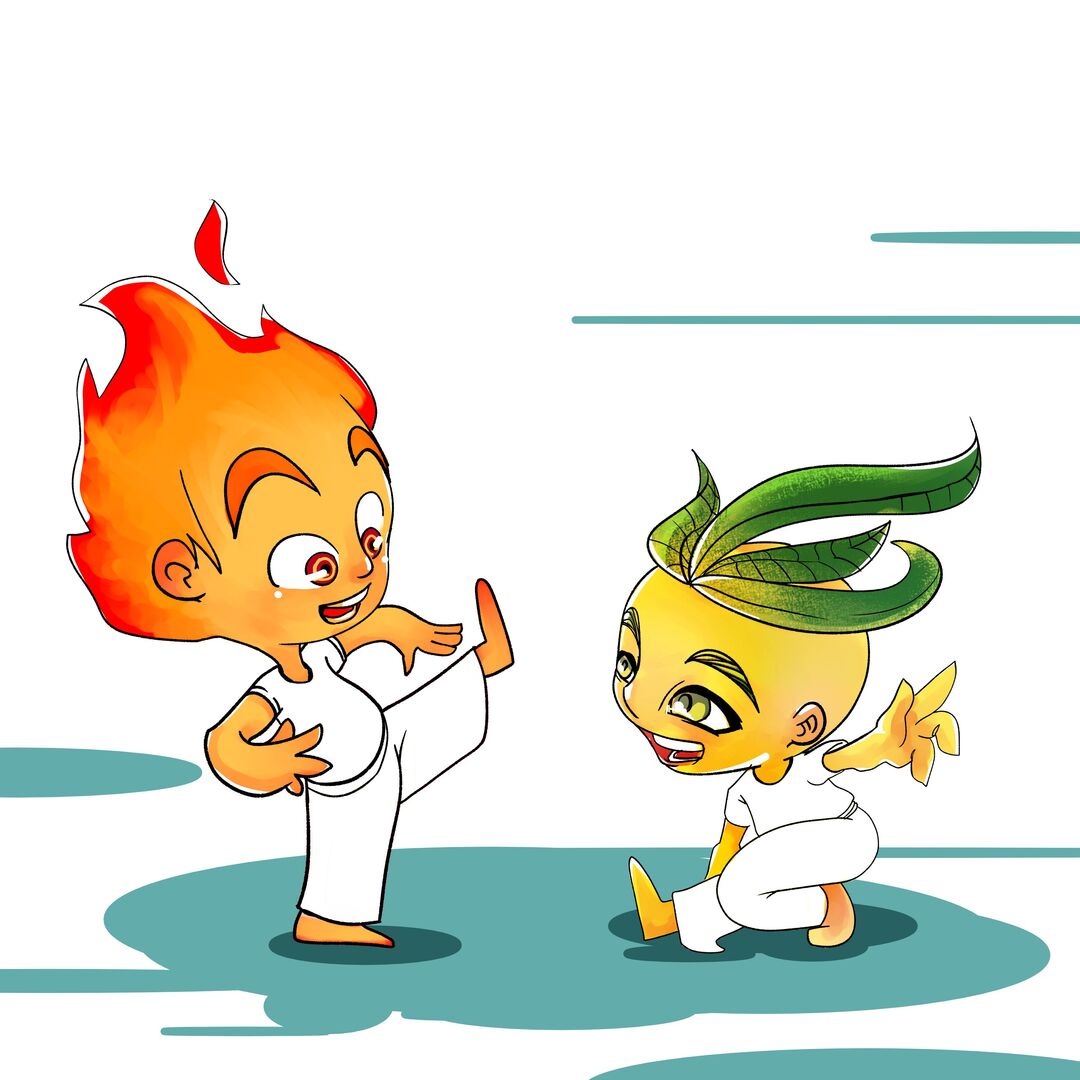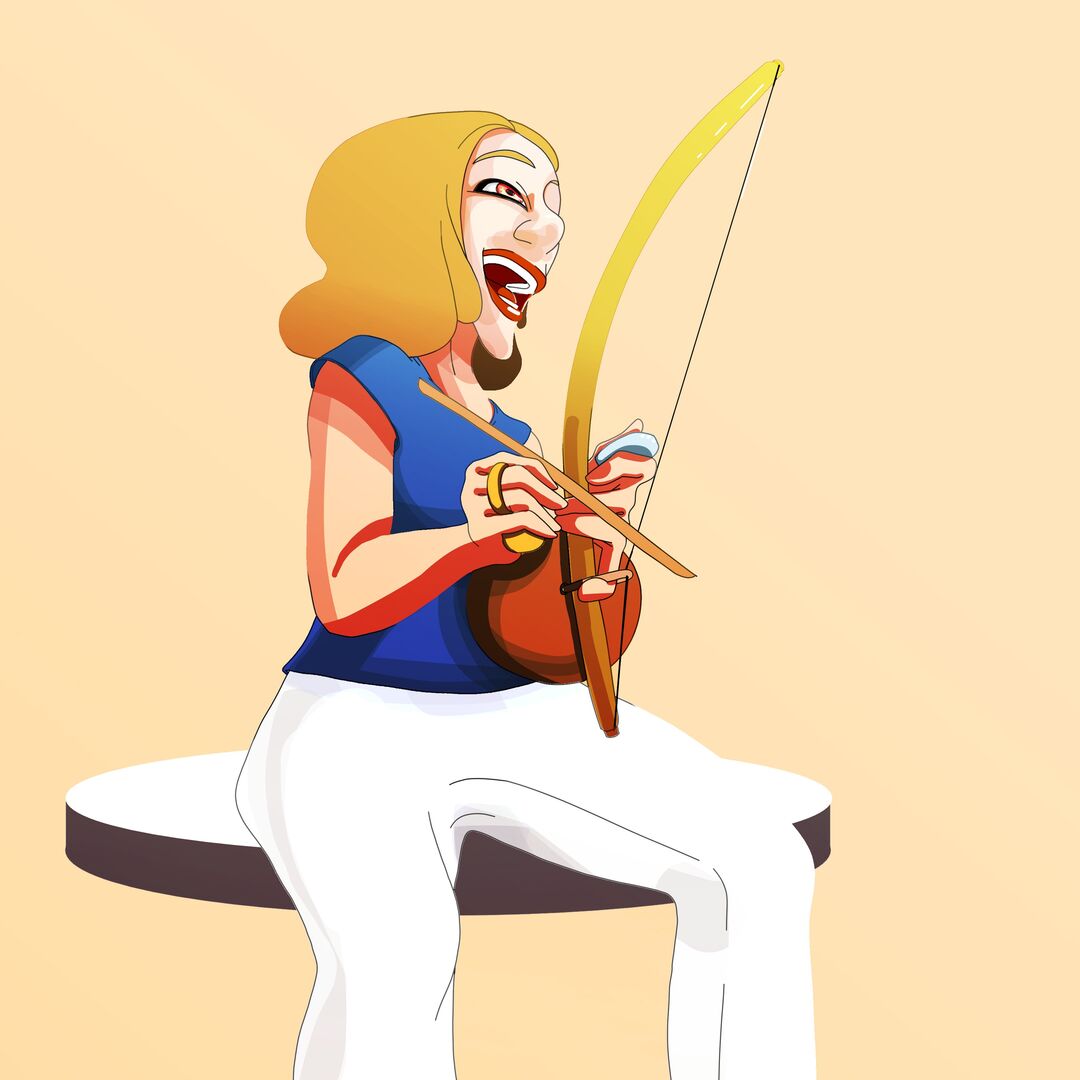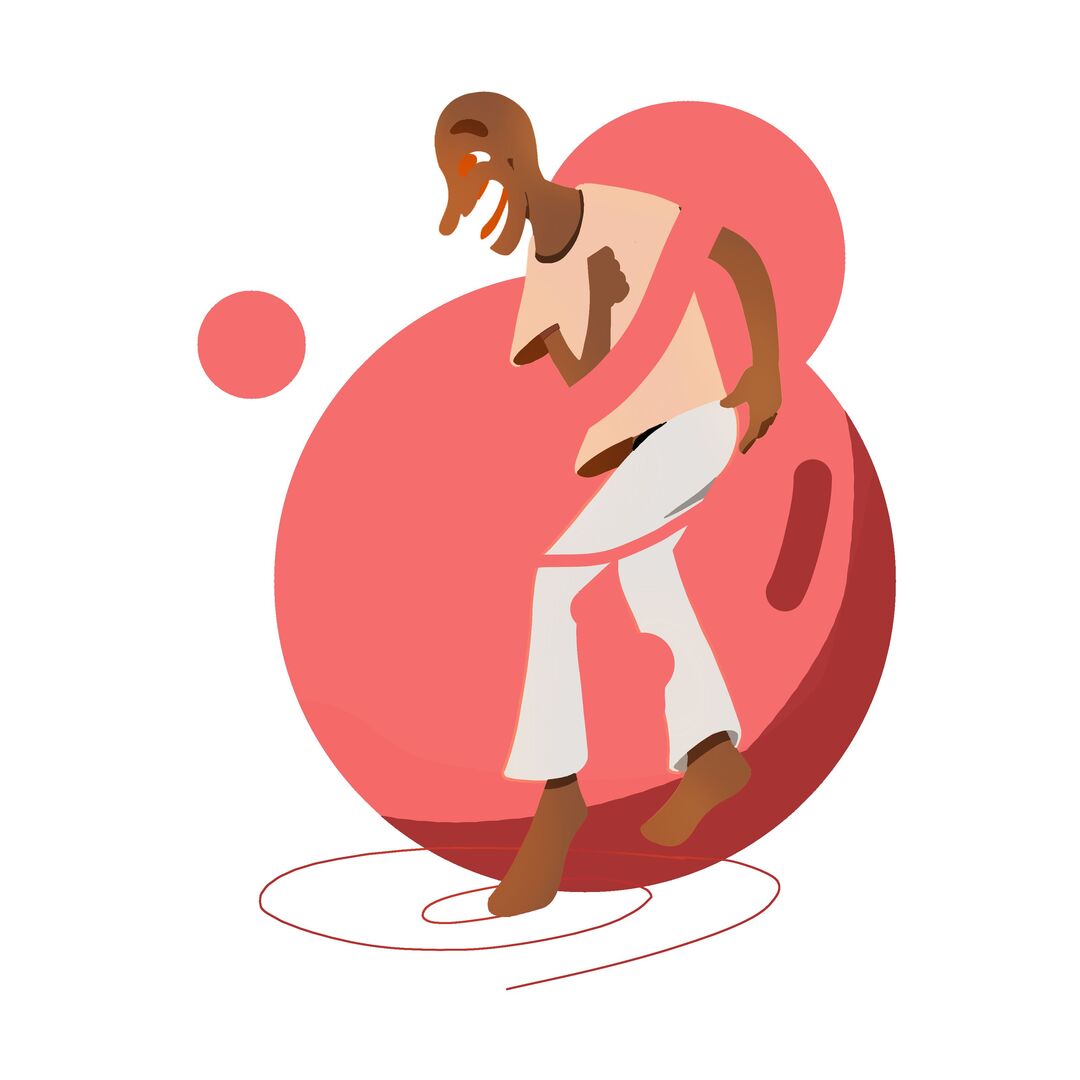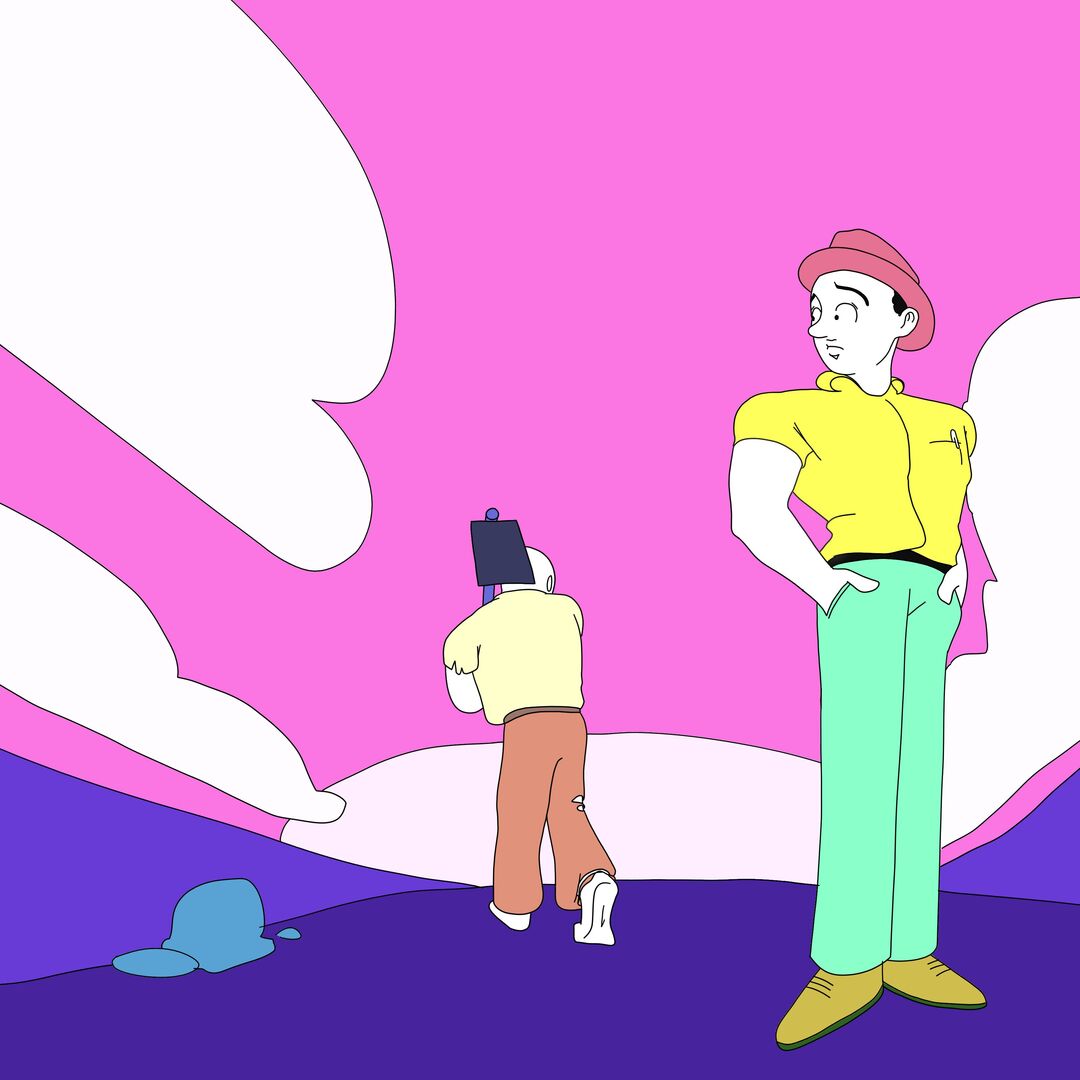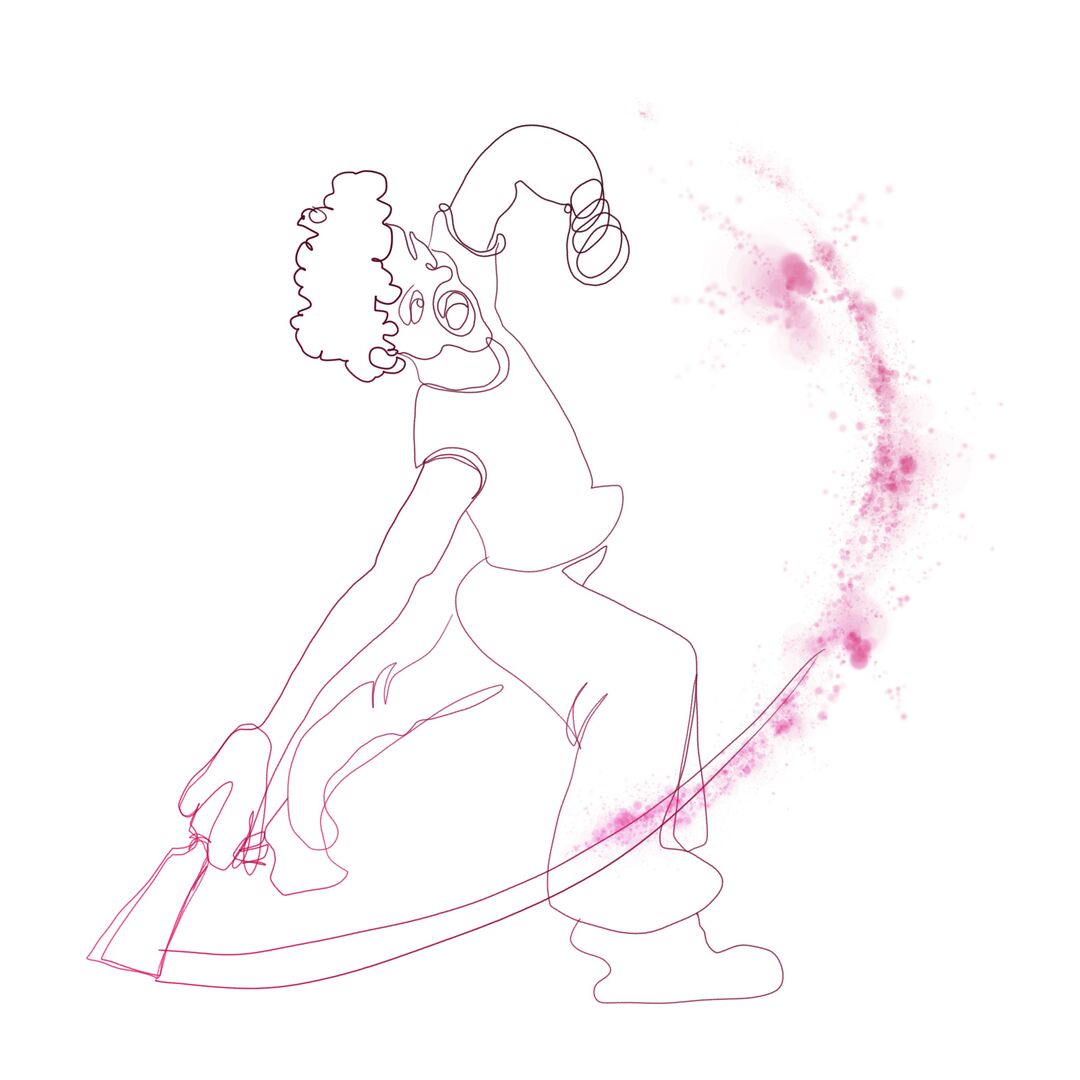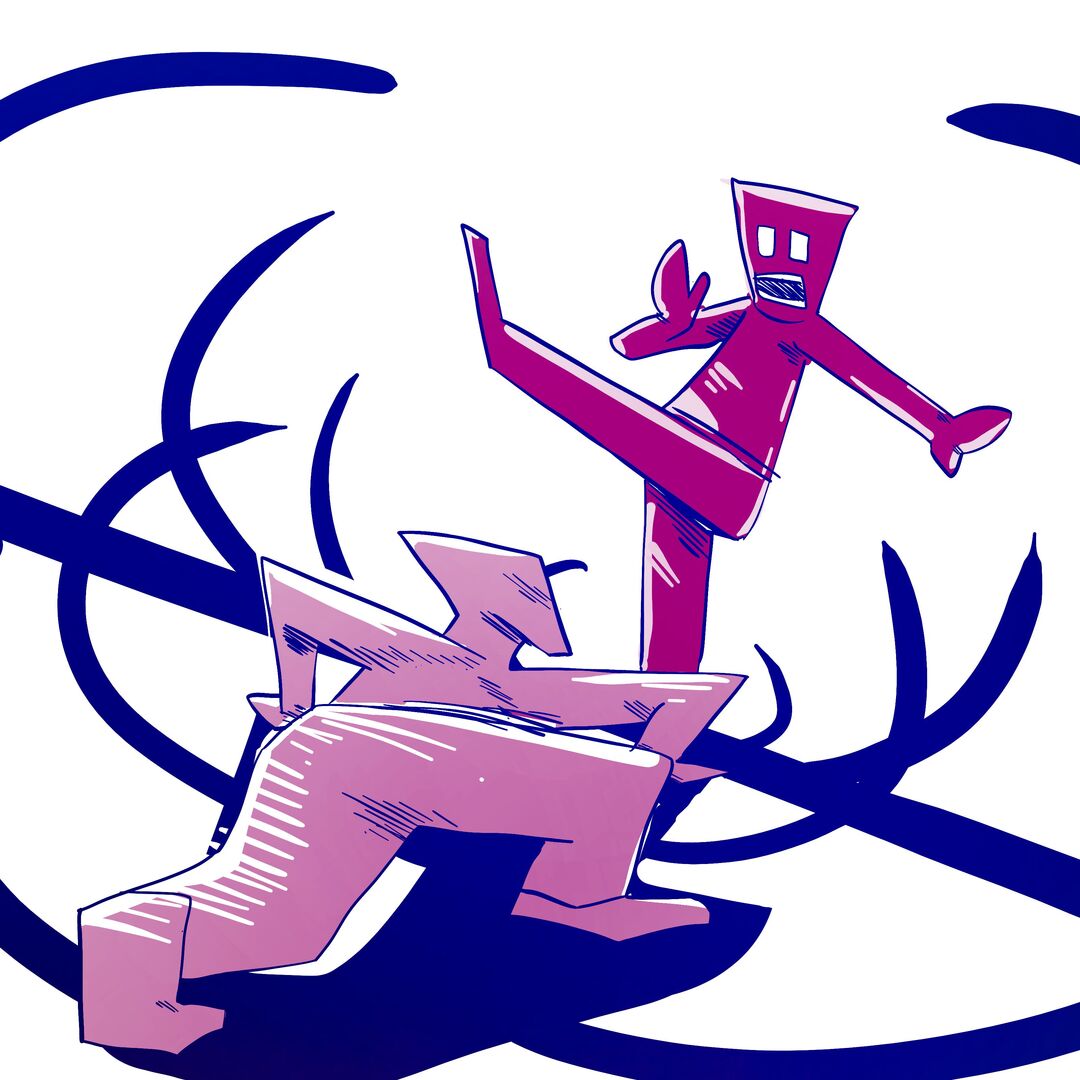Traditionally taught in capoeira, is also Maculêlê. It's
a dance that can be done with either "facão" (the blade
slaves used to cut the plantation) or sticks, in both
hands.
This dance is usually accompanied by "congas" and/or
"atabaques", and can be danced with a partner and in
group.
While dancing with a partner, both clash each other's
swords on every 3rd beat on a four scale, and on the forth
beat they clash their own swords.
The other 2 beats are free for the player to do what they
want, be it dancing or doing some acrobatics or clashing
their swords on the ground
The origin of this dance is not defined, but there are
theories. The one I liked most so far is the one of a young
boy that managed to protect his village from invaders, and
the people created this dance in his honour and
memory.
Check this
youtube video to this dance in action
